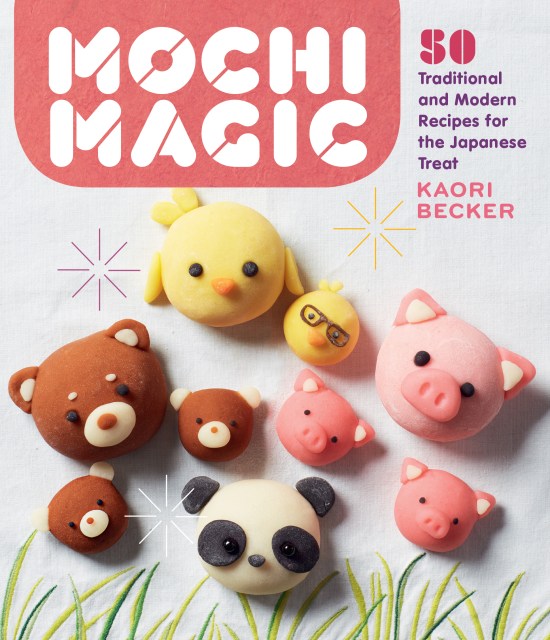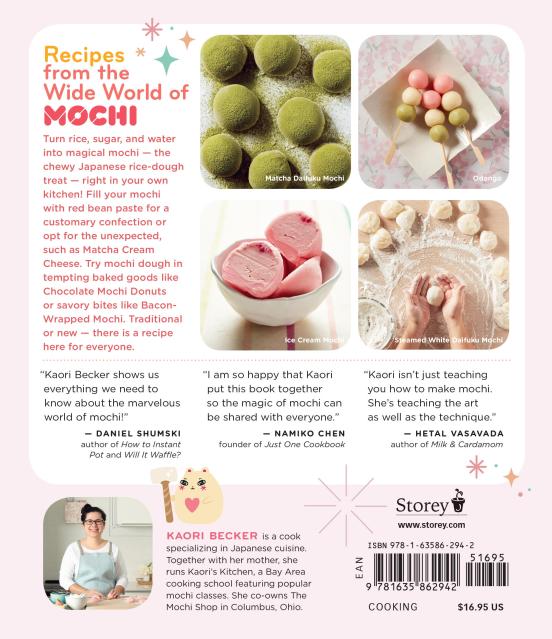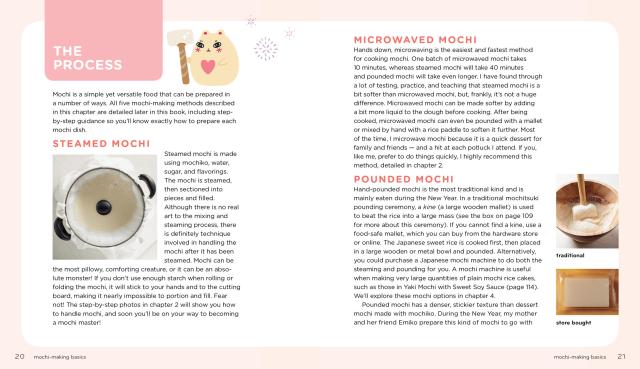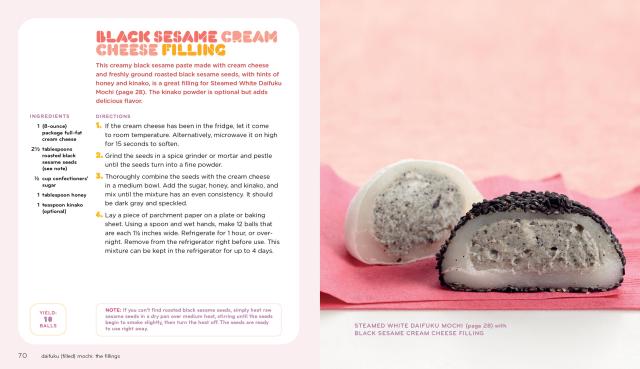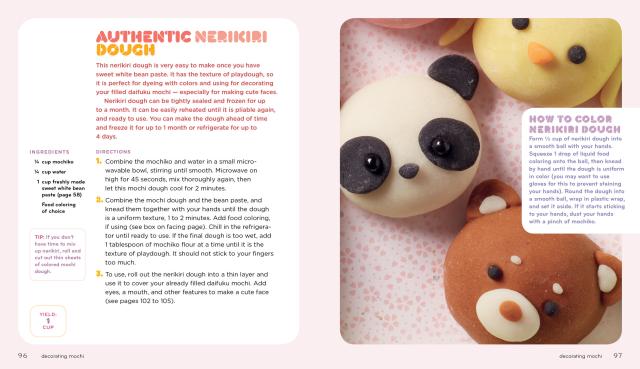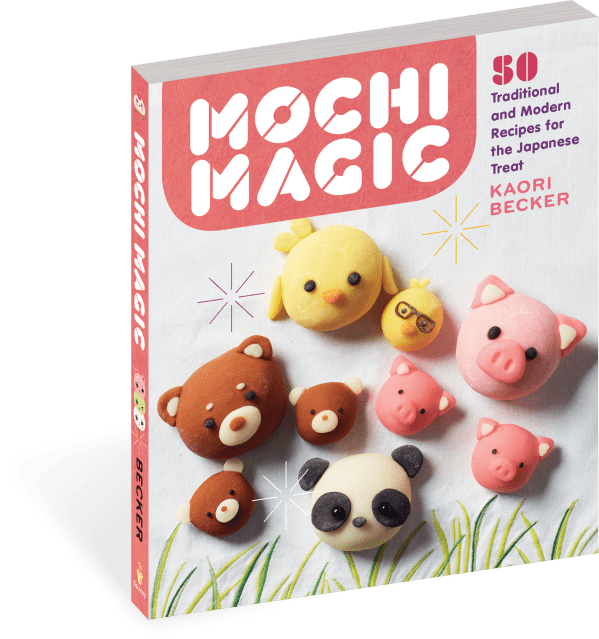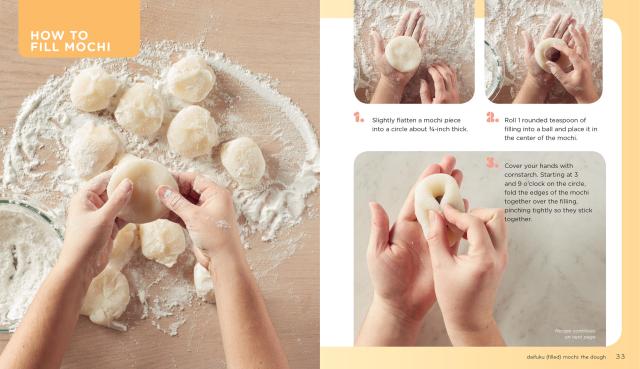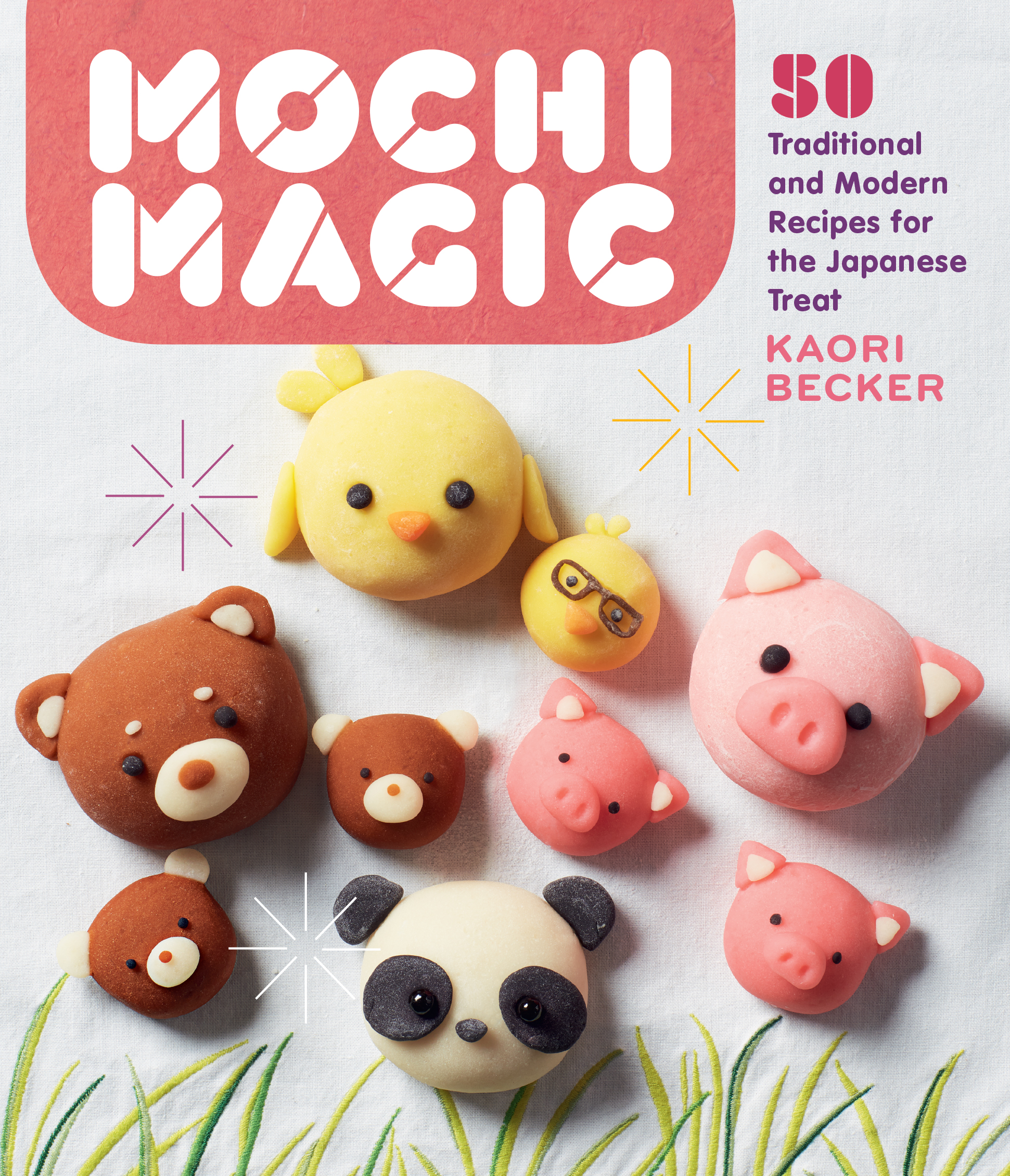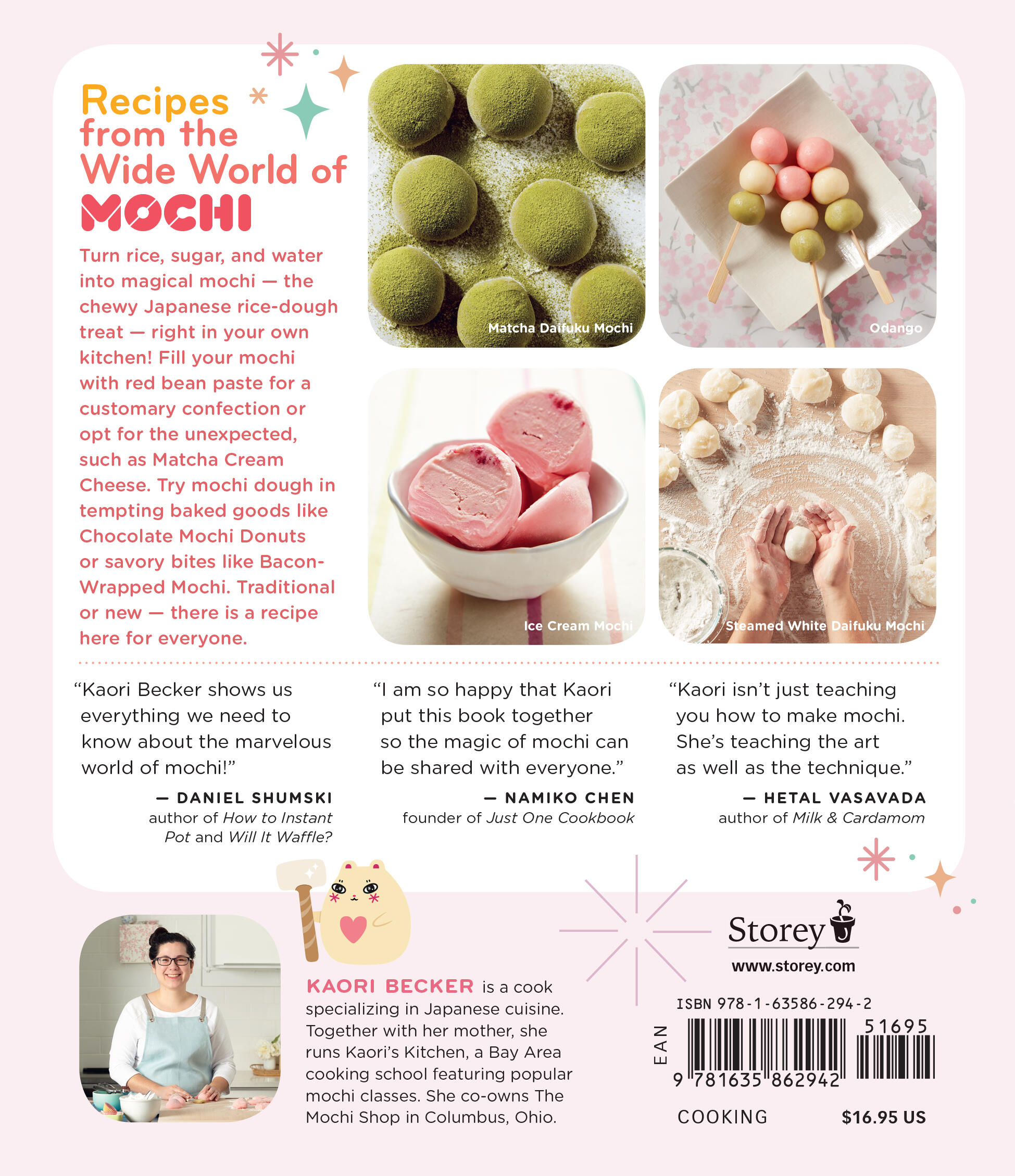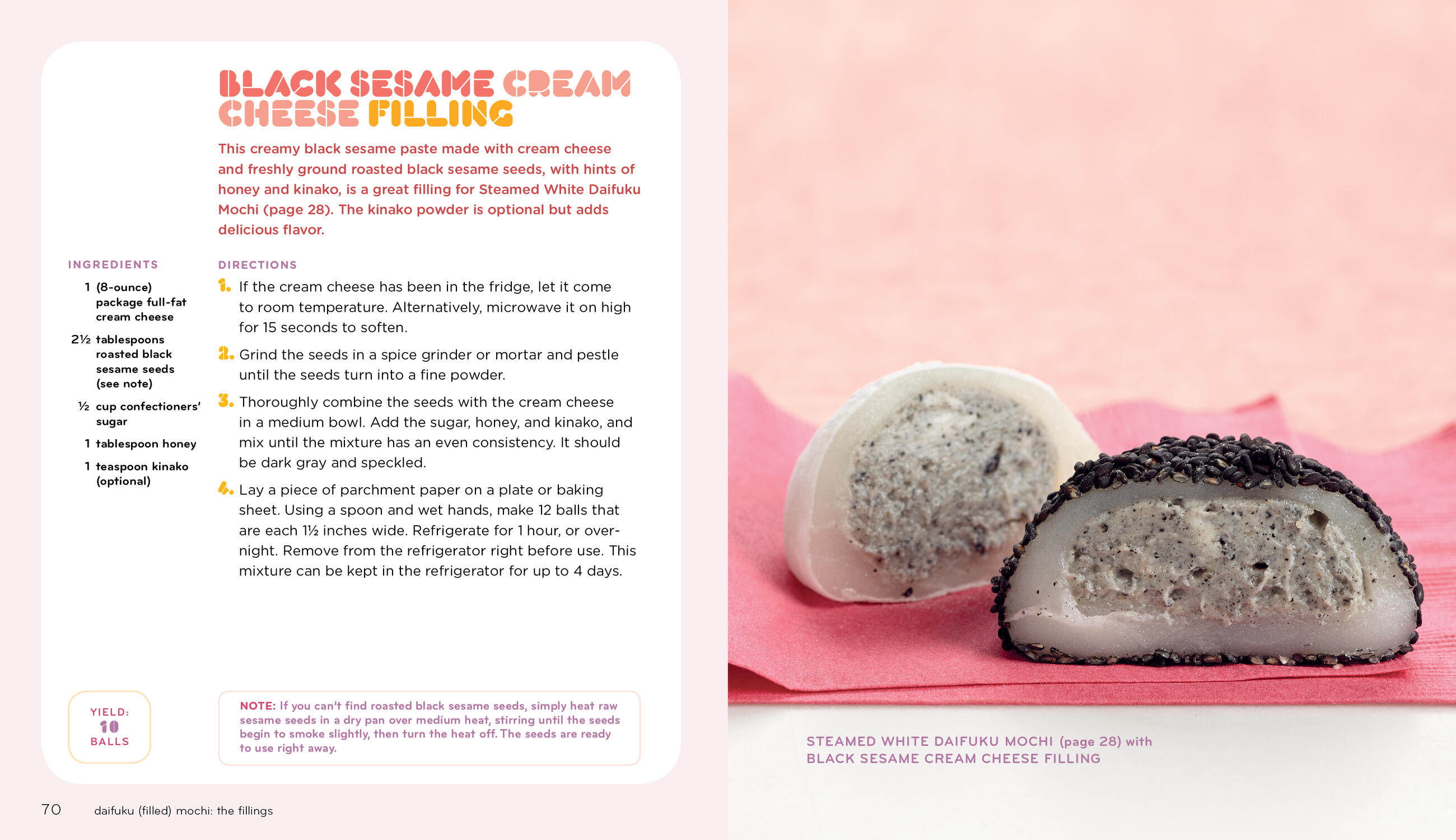Promotion
Shop now and save 20% on your back-to-school purchases & get free shipping on orders $45+ Use code: SCHOOL24
Mochi Magic
50 Traditional and Modern Recipes for the Japanese Treat
Contributors
By Kaori Becker
Formats and Prices
Price
$16.95Price
$22.95 CADFormat
Format:
- Trade Paperback $16.95 $22.95 CAD
- ebook $11.99 $15.99 CAD
This item is a preorder. Your payment method will be charged immediately, and the product is expected to ship on or around November 24, 2020. This date is subject to change due to shipping delays beyond our control.
Also available from:
Genre:
-
"This book is a great starting point for chefs new to making mochi, and a wonderful addition to any library collection." – Booklist
“Kaori isn’t just teaching you how to make mochi. She’s teaching the art as well as the technique behind each adorable design, breaking it down so that it’s super easy to follow. She connects you to her heritage throughout the book and shows you the endless sweet possibilities with mochi!” – Hetal Vasavada, author of Milk Cardamom
“Mochi making is a paramount tradition that brings joy and delight to every generation of the Japanese people. I am so happy that Kaori put together this book so the magic of mochi can be shared with everyone.” — Namiko Chen, founder of Just One Cookbook
“Kaori Becker shows us everything we need to know about the marvelous world of mochi!” — Daniel Shumski, author of How to Instant Pot and Will It Waffle?
“I become more fascinated by Kaori’s cute and delicious mochi world every time I turn the page, and I get excited about what I’m going to make. I’m sure you will too.” — Maki Ogawa, coauthor of Yum-Yum Bento Box
“Mochi is an important part of the food landscape in Japan, from an ingredient in savory soups to sweet strawberry-stuffed ichigo daifuku. Mochi Magic shows how absolutely simple it is to make at home, even in my tiny Japanese kitchen!” — Brian MacDuckston, founder of Ramen Adventures
“Thank you, Kaori Becker, for generously, lovingly sharing your mochi-making expertise with us! Mochi Magic, with its oodles of adorable, doable mochi sweets, is a perfect blend of instruction and inspiration. Kaori-san, you are our mochi muse!” — Elizabeth Andoh, founder of A Taste of Culture
- On Sale
- Nov 24, 2020
- Page Count
- 192 pages
- Publisher
- Storey
- ISBN-13
- 9781635862942
Newsletter Signup
By clicking ‘Sign Up,’ I acknowledge that I have read and agree to Hachette Book Group’s Privacy Policy and Terms of Use
